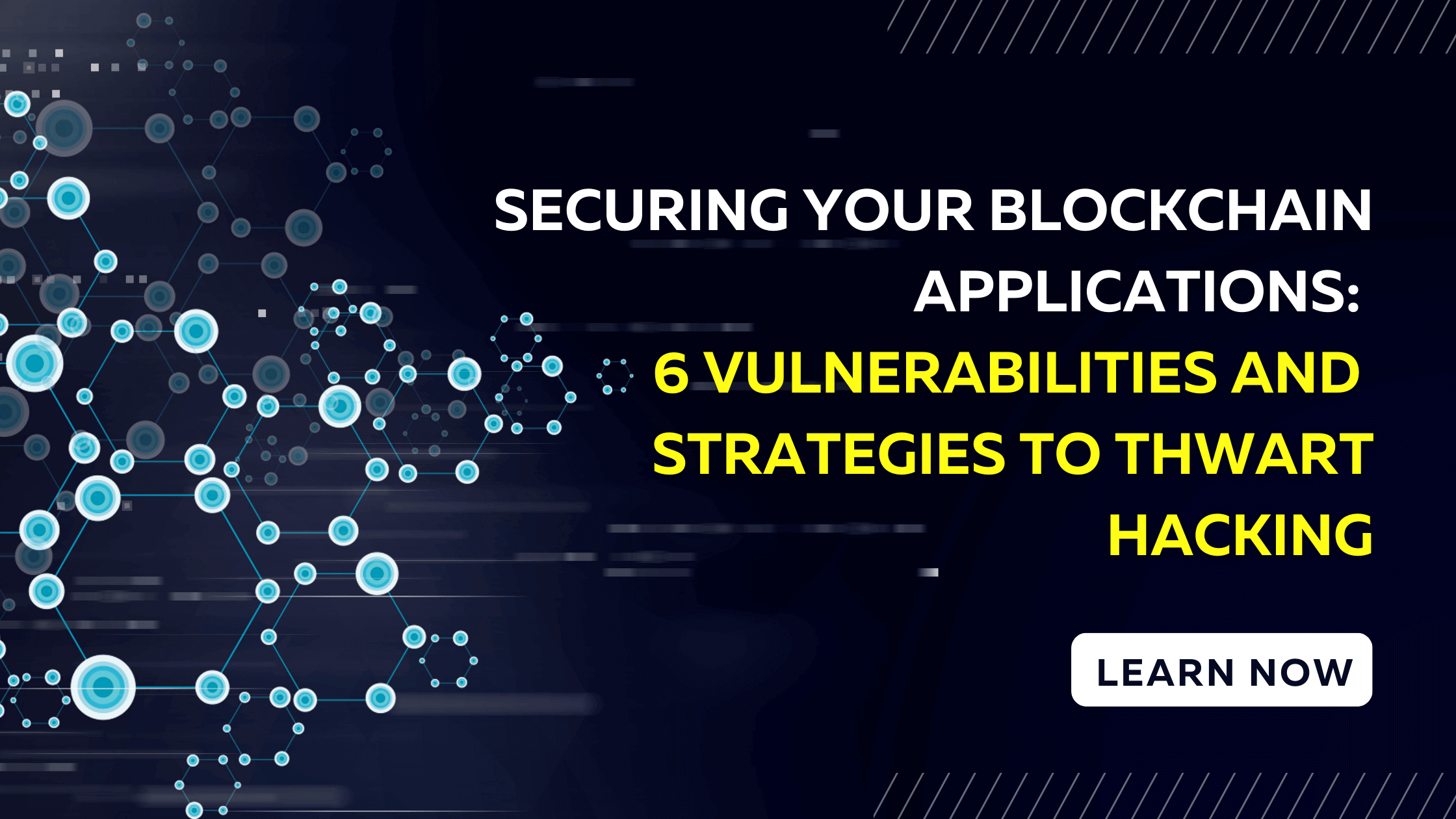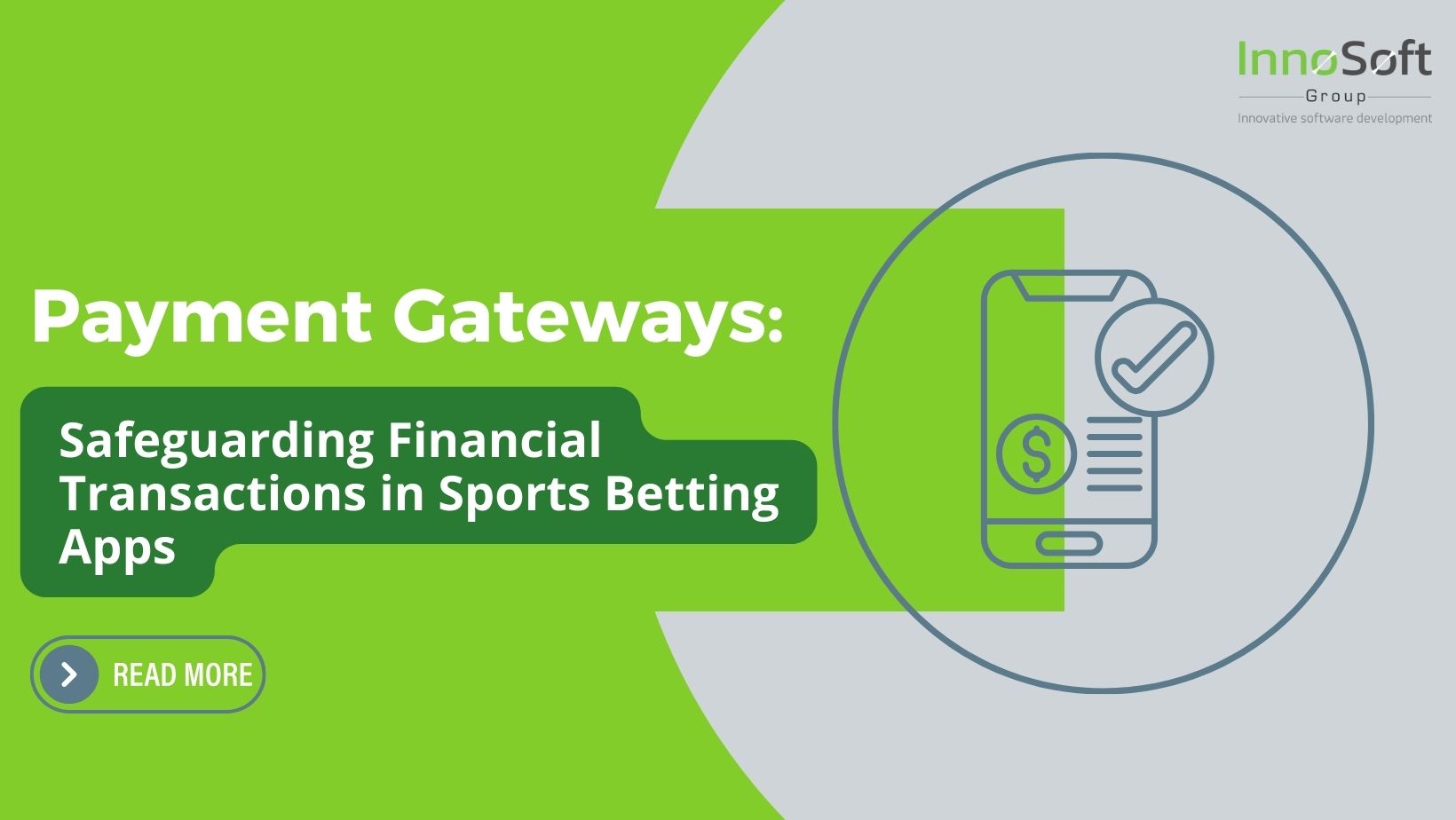Blockchain technology has revolutionized the digital world by offering a secure and decentralised platform for transactions. However, as blockchain gains popularity, concerns about the security of blockchain applications have increased among organizations and consumers. Despite the efforts made by a Blockchain Development Company to develop secure blockchain applications, there are still a number of security vulnerabilities that need to be addressed. This article will discuss six such vulnerabilities in blockchain applications.
1. Private Key Management
Blockchain applications require users to manage their private keys carefully. Private keys are the only way to access a user’s digital assets, and if they are lost or stolen, the assets are lost forever. Businesses need to provide secure and easy-to-use methods for users to manage their private keys.
How to prevent it –
Private key management is a crucial aspect of blockchain security that needs to be addressed by Blockchain Development Companies. To prevent private key mismanagement, companies need to provide secure and easy-to-use methods for users to manage their private keys. This can include hardware wallets, password managers, or other secure storage solutions. Companies should also educate their users on best practices for private key management, such as backing up their keys and keeping them secure. By providing secure storage solutions and educating users on best practices, Companies can help prevent private key mismanagement and protect their users’ digital assets.
2. Smart Contract Security
Smart contracts are self-executing contracts with the terms of the agreement between buyer and seller being directly written into lines of code. The code runs on a decentralized network and can be programmed to automatically execute when certain conditions are met. However, if there is a bug or flaw in the code, it can be exploited by attackers. Companies need to ensure that smart contracts are thoroughly tested and audited for security vulnerabilities. A prediction market platform is an example of a smart contract application developed by an Ethereum Blockchain development company, where users can create and bet on markets for events such as elections or sports games.
How to prevent it –
To ensure secure smart contract development, it is important to follow a set of best practices. These include:
- Reviewing the smart contract code carefully
- Using standard libraries to reduce the risk of introducing new vulnerabilities into the code
- Limiting access to sensitive data through access control mechanisms
- Keeping the code simple
- Thoroughly testing the smart contract code
- Staying up-to-date with the latest security threats and best practices
3. 51% Attack
A 51% attack happens when a group of miners possesses over 50% of the mining power on a network. This grants them the power to alter transactions and generate new blocks, opening the door to fraudulent activities such as double-spending. As a result, it is crucial for Companies to ensure that their blockchain network is adequately decentralized to avoid 51% attacks.
How to prevent it –
Here are some ways to prevent hacking in a blockchain application when a group of miners possesses over 50% of the mining power:
- Increase the network’s hash rate: Increase the network’s hash rate: One way to prevent a 51% attack is to increase the network’s hash rate by adding more miners to the network.
- Use proof-of-stake consensus mechanism: Instead of relying on a proof-of-work consensus mechanism, which is vulnerable to 51% attacks, consider using a proof-of-stake consensus mechanism
- Implement multi-signature transactions: This can be used to prevent unauthorized transactions by requiring multiple parties to sign off on them.
4. DDoS Attacks
Blockchain applications are frequently targeted by Distributed Denial of Service (DDoS) attacks, which can pose a significant threat. These attacks flood the network with traffic, leading to difficulties for users in accessing the blockchain. As a result, Blockchain Development Companies must take steps to prevent and minimize the impact of DDoS attacks.
How to prevent it –
Here are some ways to prevent DDoS attacks on blockchain applications:
- Implement rate limiting: This can prevent an attacker from overwhelming the network with a large number of requests.
- Use a Content Delivery Network (CDN): A CDN can be used to distribute traffic across multiple servers and prevent the network from being overwhelmed by a large volume of requests.
- Deploy firewalls and intrusion detection/prevention systems
- Implement a consensus algorithm that is resistant to DDoS attacks
- Use load balancing: Load balancing can distribute traffic across multiple servers, ensuring that no single server becomes overloaded and vulnerable to DDoS attacks.
5. Malicious Nodes
Nodes play a crucial role in validating transactions and producing new blocks on blockchain networks. However, when a node is compromised, it can be exploited to manipulate transactions and steal digital assets. Therefore, it is essential for Blockchain Development Companies to establish a secure blockchain network and quickly detect and remove any malicious nodes to prevent such risks.
How to prevent it –
- Implement secure communication protocols: Secure communication protocols can be used to encrypt messages between nodes, preventing malicious actors from intercepting and tampering with the data.
- Choose a consensus algorithm that can resist malicious nodes: Proof-of-stake is an example of a consensus algorithm that can prevent malicious nodes from taking control of the network and launching attacks.
- Introduce a reputation system: A reputation system can flag nodes that show suspicious activity, which makes it harder for them to conduct attacks.
- Use peer-to-peer discovery: By permitting only trusted nodes to join the network, peer-to-peer discovery can prevent malicious nodes from joining and causing harm.
6. Insider Attacks
Insider attacks happen when an individual who has authorized access to a blockchain network unintentionally or purposely violates its security. These attacks may be caused by human error or malicious intent. To avoid insider attacks, Blockchain Development Companies must introduce robust access controls and conduct regular network audits.
How to prevent it –
- Implement Access Control: Access control can restrict access to sensitive information and functions within the blockchain application.
- Use Multi-Factor Authentication: Multi-factor authentication can be used to confirm the identity of users and deter unauthorized access.
- Use Encryption: Encryption can be used to safeguard sensitive data stored on the blockchain, making it more challenging for insiders to access or tamper with it.
In conclusion, blockchain technology has transformed the digital world by providing a secure and decentralized platform for transactions. However, as blockchain applications become more widespread, there are growing concerns about security issues. As we have discussed, a Blockchain Development Company needs to address these issues by implementing necessary security measures such as private key management, smart contract security, decentralization, and access control, among others. At Innosoft Group, we understand the importance of security in blockchain development and provide secure, scalable, and reliable blockchain solutions to our clients. Our team of experts ensures that your blockchain application is secure, user-friendly, and meets your business requirements. Contact Innosoft Group today to build your secure and trusted blockchain application














































